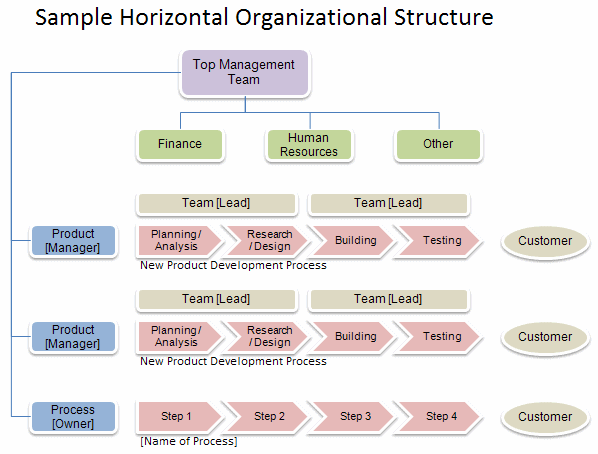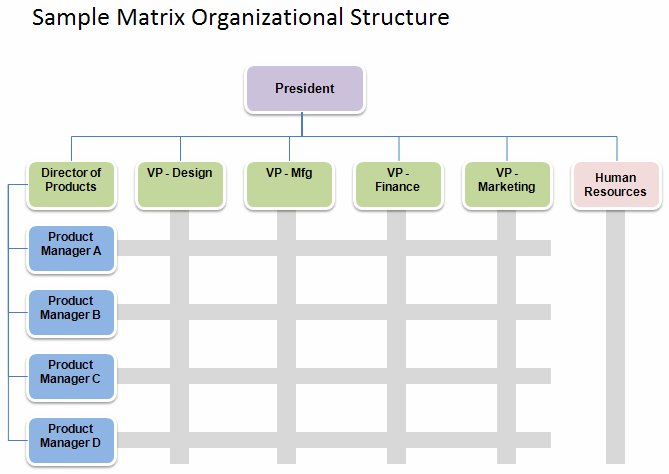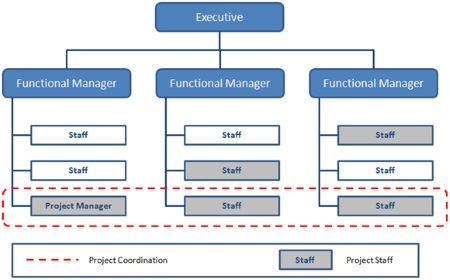

Read more about accountability, responsibility and authority here.

Setting clear accountabilities remains very important. Otherwise business leaders can waste a lot of time debating about the structure, accountabilities and overhead allocations. You should seek expert advice and guidance (CoLAB can help).

Leaders often feel there are ‘grey areas’ in the cross-over between functional areas and projects or business units. In this way, they can maintain direct operational control.įuthermore, new functional heads, with specific domain expertise (sales, marketing, HR, etc.) are then recruited and will be more collaborative in working with the business unit or project leaders. For example, to head up the expansion to a new area or country, or lead the launch of a new product line. It is often a good idea to have some of the original functional leaders to head up projects or business units.

Who should head up business units or projects? Importantly, respect for the functional leaders’ decisions will have to be earned, not blankly accepted simply because of their position. And then share what they’ve learnt among the business unit or project leaders. Moreover, they should spend more time outside the organization, gathering best practices. They need to switch their style from ‘telling’ to ‘selling’. This transition is hardest for the traditional functional leaders. In turn, the project or business unit leaders need to be strong, and lead as if they are individual CEOs. They become more like advisors to the business unit or project leaders, rather than acting as their ‘bosses’. manufacturing manager, sales manager, finance manager, etc.) who have been used to driving the business, need to adapt. To navigate the organizational transition, the functional heads (e.g. It also allows companies to utilize a wide range of talents and strengths. The matrix organizational structure is useful when skills need to be shared across departments to complete a task. In addition, they feel overwhelmed by the communications that come from multiple business units. Customers complain that they don’t know whom to call to get help. The pressure to create new business units usually comes from customers, says Verne Harnish in his book Scaling Up. The diagram below is a simple example of what a matrix organization looks like. This is the start of what is commonly called a matrix organizational structure. However, when a business gets above 50 employees, the organizational structure should be designed to align teams around projects, product groups, industry segments, and geographical regions. The first natural organizational structure for a growing organization is split by function. The start of the matrix organizational structure For example, an employee may have a primary manager they report to as well as one or more project managers they work under. Matrix organizational structure – yes or no?Ī matrix organizational structure is a workplace format in which employees report to two or more managers rather than one manager overseeing every aspect of a project.


 0 kommentar(er)
0 kommentar(er)
